
Laura Sanders reports on neuroscience for Science News. She wrote Growth Curve, a blog about the science of raising kids, from 2013 to 2019 and continues to write about child development and parenting from time to time. She earned her Ph.D. in molecular biology from the University of Southern California in Los Angeles, where she studied the nerve cells that compel a fruit fly to perform a dazzling mating dance. Convinced that she was missing some exciting science somewhere, Laura turned her eye toward writing about brains in all shapes and forms. She holds undergraduate degrees in creative writing and biology from Vanderbilt University in Nashville, where she was a National Merit Scholar. Growth Curve, her 2012 series on consciousness and her 2013 article on the dearth of psychiatric drugs have received awards recognizing editorial excellence.

Trustworthy journalism comes at a price.
Scientists and journalists share a core belief in questioning, observing and verifying to reach the truth. Science News reports on crucial research and discovery across science disciplines. We need your financial support to make it happen – every contribution makes a difference.
All Stories by Laura Sanders
-
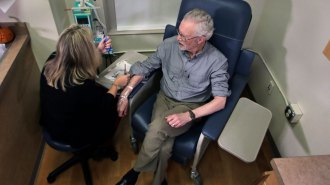 Health & Medicine
Health & MedicineFDA approved a new Alzheimer’s drug despite controversy over whether it works
A new Alzheimer's treatment slows progression of the disease, the drug’s developers say. But some researchers question its effectiveness.
-
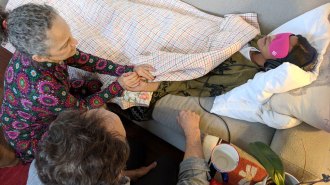 Health & Medicine
Health & MedicineMDMA, the key ingredient in Ecstasy, eases symptoms of severe PTSD
By the end of the trial, 67 percent of the participants who took MDMA had improved so much that they no longer qualified as having a PTSD diagnosis.
-
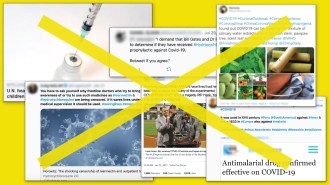 Science & Society
Science & SocietyA few simple tricks make fake news stories stick in the brain
Human brains rely on shortcuts to be efficient. But these shortcuts leave us vulnerable to false information.
-
 Health & Medicine
Health & MedicineCOVID-19 can affect the brain. New clues hint at how
Anxiety, depression and strokes can occur after infection, leaving experts to determine how the virus affects the brain.
-
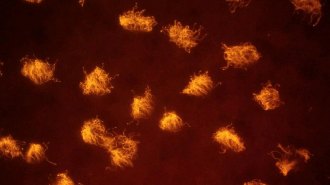 Health & Medicine
Health & MedicineFrog skin cells turned themselves into living machines
The “xenobots” can swim, navigate tubes, move particles into piles and even heal themselves after injury, a new study reports.
-
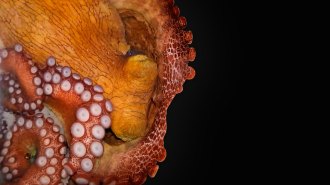 Animals
AnimalsOctopus sleep includes a frenzied, colorful, ‘active’ stage
Four wild cephalopods snoozing in a lab had long stretches of quiet napping followed by brief bursts of REM-like sleep.
-
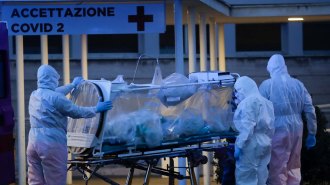 Health & Medicine
Health & MedicineSome COVID-19 survivors face another foe: PTSD
The rate of post-traumatic stress disorder among survivors of severe COVID-19 is comparable to the rate among survivors of some natural disasters.
-
 Neuroscience
NeuroscienceThree visions of the future, inspired by neuroscience’s past and present
Three fantastical tales of where neuroscience might take us are based on the progress made by brain researchers in the last 100 years.
-
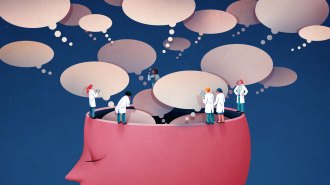 Science & Society
Science & SocietyCan privacy coexist with technology that reads and changes brain activity?
An onslaught of new technology aims to listen to — and maybe even change — your brain activity. Readers, scientists and ethicists grapple with the ethical implications of new ways to get inside the skull.
-
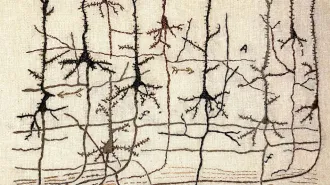 Neuroscience
NeuroscienceFamous brain sketches come to life again as embroideries
A needlework project pays tribute to the iconic drawings of Spanish neuroscientist Santiago Ramón y Cajal.
-
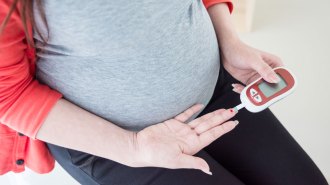 Health & Medicine
Health & MedicineDiabetes during pregnancy is tied to heart trouble later in life
Gestational diabetes may increase a woman’s risk of having hardened arteries later in life, a long-term study finds.
-
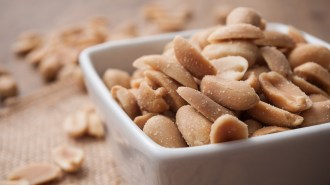 Health & Medicine
Health & MedicineAgainst all odds, 2020 featured some good health news
Good health news in 2020 included a first treatment for peanut allergies, a rare self-cure for HIV, and an Ebola outbreak ends.